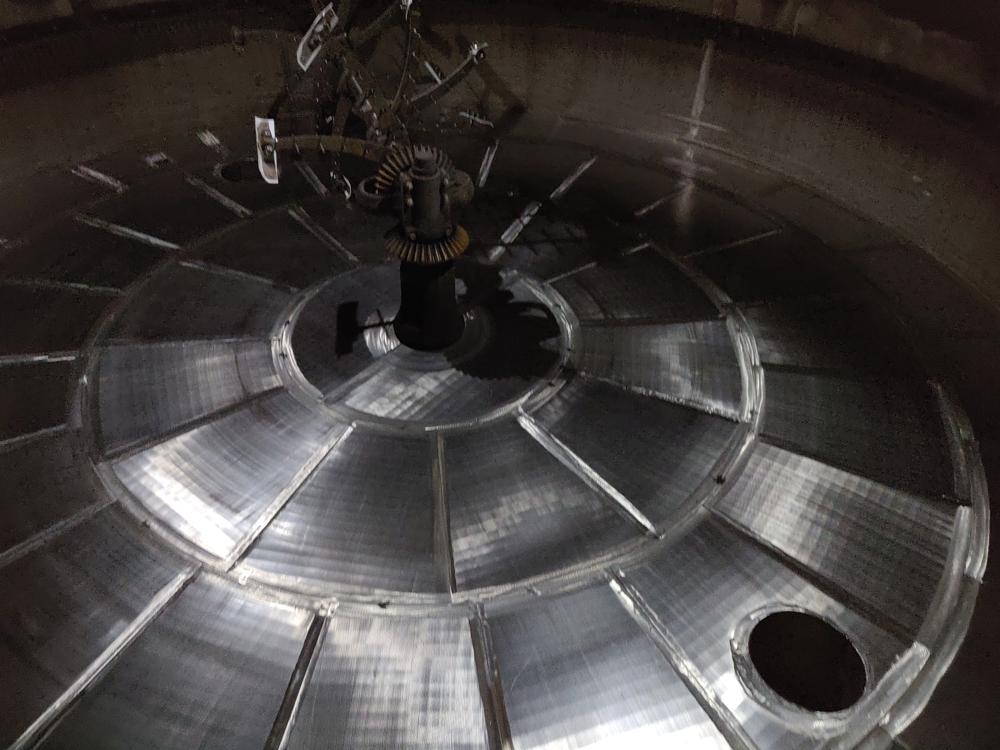Mashing
Published July 22, 2020
Contents

What is Mashing?
Mashing refers to the process by which the sugar within ground barley is extracted during the whisky production process, the process is identical for the production of beer and traditional malt vinegar.
For mashing, the barley malted beforehand is ground (grist) and poured into the mash tun several times with water getting hotter and hotter. The required sugar solution (wort) is extracted. Traditionally, the sugar is washed out of the grain with three successive infusions, though a handful of distilleries such as Bunnahhain use four. The quality of the water used, and the substances within it are incredibly important, too many minerals, such as copper or iron, can cause problems during the subsequent fermentation process.
For the first infusion, the third water from the previous process is mixed with the freshly milled barley and then poured into the mash tun at 63º to 64ºC. This is the first water of the new mash. The optimal temperature of the water is important to break up the enzymes in the grain, this is called strike point. Continuous control of the temperature is crucial here, as too high a temperature could damage or kill the enzymes.
Rotating scraper blades rotate on the bottom of the mash tun and move and stir the mash (wort) constantly. The first sugar solution is washed out and then drained through openings in the bottom into the underback. The second water with a higher temperature at approx. 75º C is added to wash out even more sugar solution from the grist and drain it down again.
The third water is used to spray water at about 85º C over the mash to wash out the remaining sugar. This water remains in the tub and is the first water for the next pass.
Lauter Tun
The method described above is the traditional method for extracting sugar in malt whisky production. The lauter tun is increasingly used in more modern companies. After the first water was washed out, a spray jet is used to constantly water and pour over it. This method is much more effective for extracting sugar than the traditional method.
The still hot sugar solution in the underback is then cooled down to 20°C in a heat exchanger and introduced into the washback for the next process step of the first alcohol production (fermentation). Cooling down is essential since the yeast added later could die at too high temperatures. The acidity of the water is also important and affects the forming of esters (chemical compounds) during fermentation.
The remaining solids (draff) remain in the mash tun and are a popular cattle feed for the surrounding farmers, though in recent years some distilleries have started diverting these towards the production of biofuels.
Previous

